Top speed 228 km/h Length 5.38 m Engine type Reciprocating engine Number of seats 2 | Wingspan 8.23 m Designer Albert Mooney | |
 | ||
Culver cadet formation flight
The Culver Cadet is an American two-seat light monoplane aircraft, also once a radio-controlled drone, produced by the Culver Aircraft Company.
Contents
- Culver cadet formation flight
- Culver cadet high speed taxi test 3 22 2009
- Design and development
- Operational history
- Variants
- Operators
- Survivors
- Specifications Cadet LFA
- References
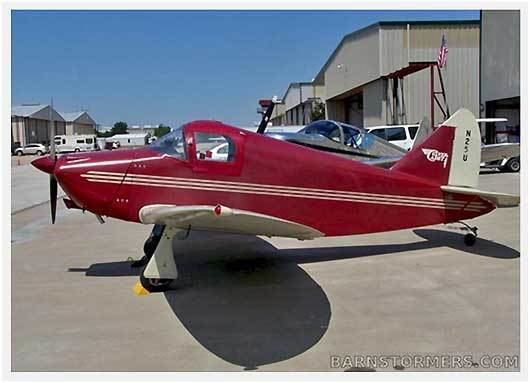
Culver cadet high speed taxi test 3 22 2009
Design and development
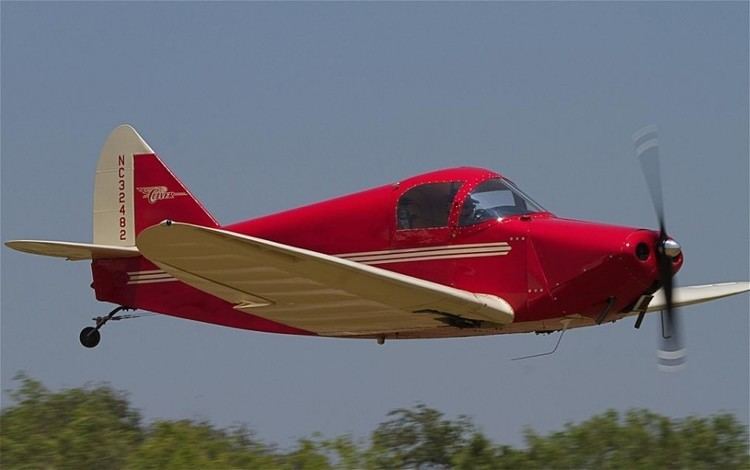
The aircraft designer Al Mooney developed an improved version of the Culver Dart, to provide improved performance with a smaller engine. Originally designated the Culver Model L the prototype first flew on 2 December 1939. The aircraft was named the Culver Cadet. Although similar to the previous Dart the Cadet had a semi-monocoque fuselage instead of welded-steel-tube and a retractable tailwheel undercarriage. The first variant (the Cadet LCA) was powered by a 75 hp (56 kW) Continental A75-8 four-cylinder horizontally-opposed piston engine.
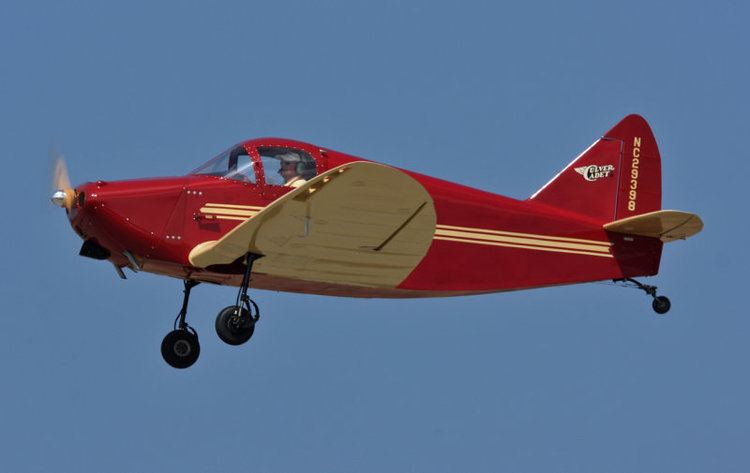
The 1941 version was designated the Cadet LFA and introduced a number of refinements and more equipment, and was fitted with a 90 hp (67 kW) Franklin engine. Production was brought to an end after the United States entered World War II in December 1941, but the Cadet had found export orders, including to Uruguay, and had a new military role.
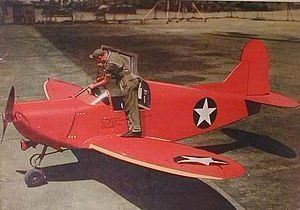
The Cadet was one of six models that Al Mooney designed during his eight years at Culver. He would leave to found Mooney Aircraft.
Operational history
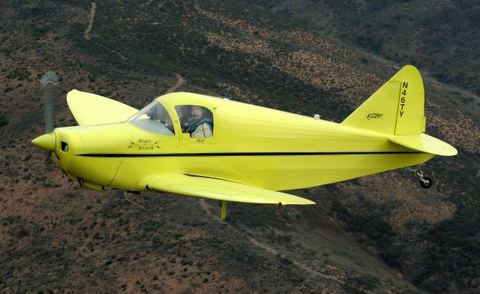
In 1940 the Cadet LCA was selected by the United States Army Air Corps as being suitable for use as a radio-controlled target. The first aircraft was designated the Culver A-8 (later the XPQ-8) and was based on the Cadet LFA but had fixed tricycle landing gear. After successful tests a production order for 200 was placed, and designated the PQ-8, later another 200 were ordered with a more powerful engine as the PQ-8A. In late 1941 the United States Navy acquired a PQ-8A for evaluation and then ordered 200 in 1941 as the TDC-2. An enlarged and improved version was later built as the Culver PQ-14.
Several Cadets, with both military and civilian origins, are still (2012) airworthy in the United States and some are preserved in airworthy condition by museums.
Variants
Operators
Survivors
The Smithsonian National Air and Space Museum owns a Culver TD2C-1 Serial No. 120035 used by the United States Navy.
Culver LCA Cadet NC34785 - 1941 on display at Western Antique Aeroplane & Automobile Museum
Specifications (Cadet LFA)
General characteristics
Performance
